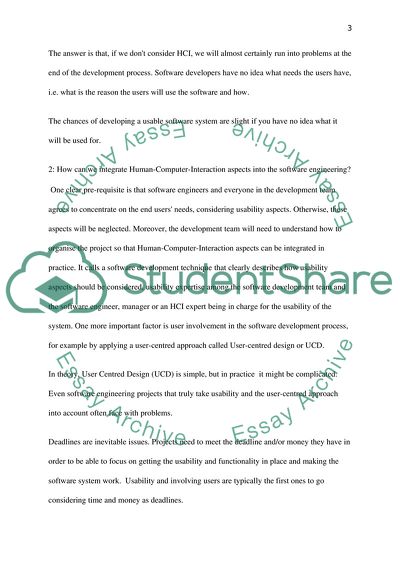Cite this document
(“Software Engineering and Human Computer Interaction Dissertation”, n.d.)
Software Engineering and Human Computer Interaction Dissertation. Retrieved from https://studentshare.org/information-technology/1735625-software-engineering-and-hci
Software Engineering and Human Computer Interaction Dissertation. Retrieved from https://studentshare.org/information-technology/1735625-software-engineering-and-hci
(Software Engineering and Human Computer Interaction Dissertation)
Software Engineering and Human Computer Interaction Dissertation. https://studentshare.org/information-technology/1735625-software-engineering-and-hci.
Software Engineering and Human Computer Interaction Dissertation. https://studentshare.org/information-technology/1735625-software-engineering-and-hci.
“Software Engineering and Human Computer Interaction Dissertation”, n.d. https://studentshare.org/information-technology/1735625-software-engineering-and-hci.


